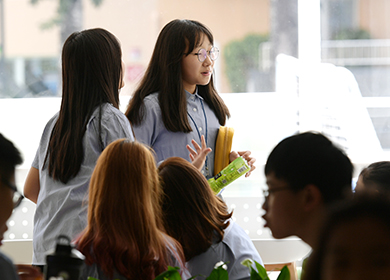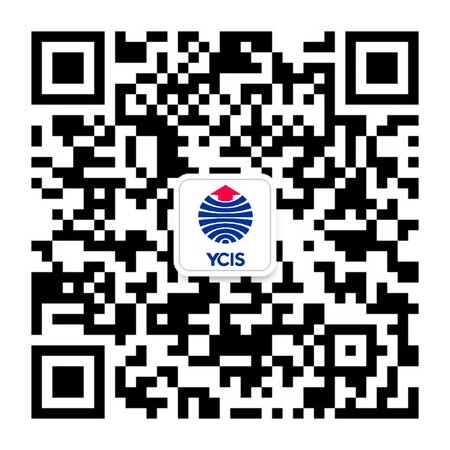Go Back
News
News
Summer Tips to Ease the Transition to Secondary
News
17 Jul, 2020
10 : 00
YCIS Beijing Year 6 students completed their Primary school journey last month. Celebrations and farewell, mixed emotions and important changes also came to light as they began their transition into Secondary. Many may be experiencing excitement and apprehension due to the change, some will feel ready for a new adventure, be confident and enthusiastic, while others may feel worried, concerned and experience anxiety. We chatted to Ms Gillian Wong, soon to be Lower Secondary School Co-ordinator, about what the key differences are between Primary and Secondary, and ways parents can help their children to ease the transition this summer.
First, Ms Wong states that feeling a variety of emotions is normal, “everyone is different and remember it is okay.” The transition from Primary comes with several differences, some are more significant than others, she shares. The first is the changing timetable. “In Secondary school, timetables change from day-to-day. Students have classes with different students and specialist teachers in different classrooms,” Miss Wong said. Therefore, “there will be a lot more movement from one class to the next class.”
Fortunately, movement is limited to the same campus and students will be familiar with the layout of the school grounds. Other changes include specialist rooms such as the Design and Technology room where students can design and make objects, a Tutor system designed to support pastoral care and a change in platforms being used from Seesaw or Zoom in Primary to Teams in Secondary school.
With the many changes, it is also important to take note and use of all resources available to make the transition manageable for students. The school community is continuously available to offer students with support, but with the help of parents, the process may be even smoother.
How can parents help their children prepare for Secondary School?
1. Help encourage new friendships and nurture old ones to build self-esteem and confidence. Most people find strength and confidence from friends. Over the summer encourage your child to talk to other students and arrange get-togethers so that having a familiar face in the new school year helps.
2. Prepare materials. Make a note of the uniform and the P.E. Kit. Have the correct stationery: pens, pencils, sharpener, eraser, ruler, coloured felt pens or pencils, maths set and a personal planner or diary. It is encouraged that students are practically ready and prepared. 3. Encourage independence. Encourage your child to do more for themselves, offer them more opportunities to vary their schedule and be in control of planning. Let them know you believe they are capable of managing the transition and assure them that you are there to help them if they need it. Positively affirm and encourage their attempts at growing independence.
4. Encourage Time Management. Perhaps now is the time for your child to have their own watch or clock. Timekeeping is an essential skill to manage assignment deadlines, arrive in classes on time, and attend extra-curricular activities. It may help to sit down with your child and work out a schedule and support them with doing a “To do” list. This will help them to prioritise important things to do and check off the things they must do in an orderly manner.
5. Give it Time. Provide consistency and reassurance as your child goes through transition. It may take longer than the end of September for some students to settle into Secondary. It’s not unusual for it to still be becoming "the new normal" come the second semester. Stay in tune with school communication and be ready to attend parent/teacher conferences regarding your child’s learning, progress and reporting.
Support is always available from our academic team and school support team for the emotional aspect, so get in touch with them here.












